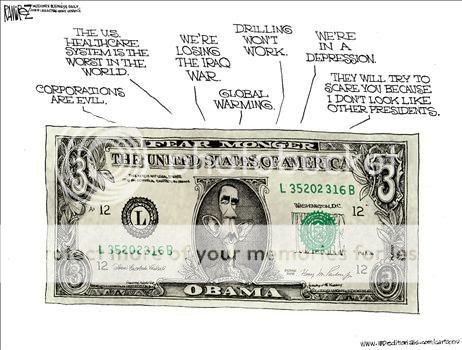What it did do was end the condescending attitude that the poor were incapable of improving their situation, and that ``compassion" consisted of supplying money indefinitely to women who had children, but no husbands or jobs. That approach had lured millions into lives of dependency, subsidized an explosion of fatherlessness, and infected neighborhoods with a bias against work and marriage. The bill that Clinton signed replaced deadly condescension with respect. For the first time, welfare would come with strings attached: work requirements and time limits designed to encourage responsibility and self-sufficiency.
The results speak for themselves. Since peaking in 1994, the nation's welfare caseload plummeted by 60 percent, falling from 5 million families to fewer than 2 million. Welfare recipients went to work in droves. The employment rate among those who had been likeliest to slip into long-term dependence -- young mothers who had never been married -- soared by nearly 100 percent. And as more and more mothers left welfare and got jobs, more and more of their children were lifted out of poverty.
Far from throwing a million kids into the streets, welfare reform sent the child poverty rate tumbling, from 20.8 percent in 1995 to 17.8 percent in 2004. In black communities, where welfare had done the most damage, the decline was even more dramatic. ``Black child poverty plummeted at an unprecedented rate, falling to 30.0 percent in 2001," Robert Rector of the Heritage Foundation testified before Congress . ``In 2001, despite the recession, the poverty rate for black children was at the lowest point in national history."





